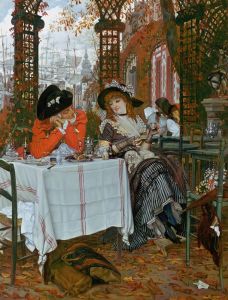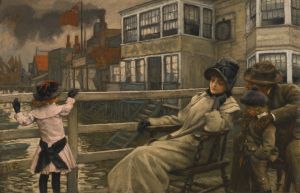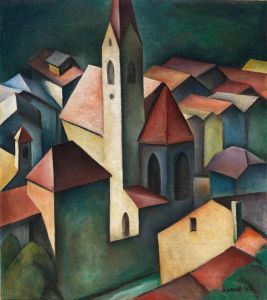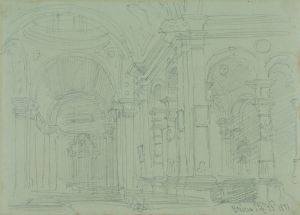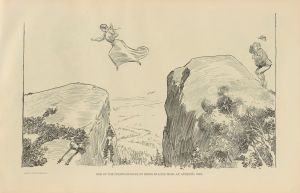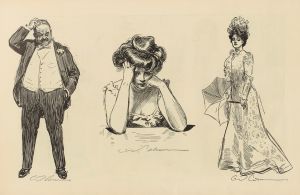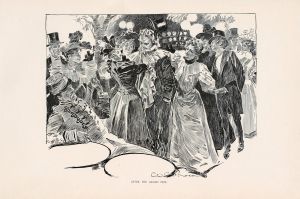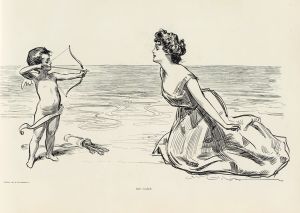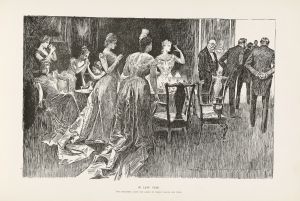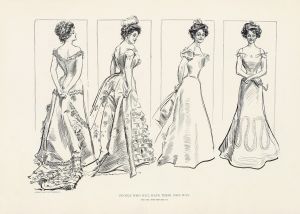
Church parade
A hand-painted replica of Charles Dana Gibson’s masterpiece Church parade, meticulously crafted by professional artists to capture the true essence of the original. Each piece is created with museum-quality canvas and rare mineral pigments, carefully painted by experienced artists with delicate brushstrokes and rich, layered colors to perfectly recreate the texture of the original artwork. Unlike machine-printed reproductions, this hand-painted version brings the painting to life, infused with the artist’s emotions and skill in every stroke. Whether for personal collection or home decoration, it instantly elevates the artistic atmosphere of any space.
Charles Dana Gibson's "Church Parade" is a black-and-white illustration created by the renowned American artist and illustrator Charles Dana Gibson (1867–1944). Gibson is best known for his creation of the "Gibson Girl," an iconic representation of the idealized American woman during the late 19th and early 20th centuries. His works were widely published in magazines such as Life, Harper's Weekly, and Collier's, making him one of the most influential illustrators of his time.
"Church Parade" is one of Gibson's many illustrations that capture scenes of upper-class society, often with a satirical or observational tone. The artwork depicts a fashionable group of men and women, dressed in formal attire, walking in a public setting, presumably after attending a church service. The women in the illustration embody the elegance and poise of the "Gibson Girl," with their refined clothing, elaborate hats, and confident demeanor. The men, equally well-dressed, complement the scene with their tailored suits and polished appearances. The composition reflects the social customs and class distinctions of the Gilded Age, a period marked by wealth, opulence, and strict societal norms.
Gibson's illustrations, including "Church Parade," often highlighted the dynamics of gender roles and social interactions among the elite. His work was celebrated for its wit, attention to detail, and ability to capture the essence of the era. While "Church Parade" does not carry a specific narrative, it serves as a visual commentary on the rituals and public displays of affluence that characterized the lives of the upper class during this time.
The exact date of the creation of "Church Parade" is not readily available, but it is consistent with Gibson's prolific period of work in the late 19th and early 20th centuries. Like many of his illustrations, it was likely published in a popular magazine of the era, reaching a wide audience and contributing to his reputation as a leading illustrator.
Charles Dana Gibson's legacy endures through his ability to document and critique the social fabric of his time through art. "Church Parade" remains an example of his skill in capturing the subtleties of human behavior and societal norms, offering a glimpse into the culture and aesthetics of a bygone era.





